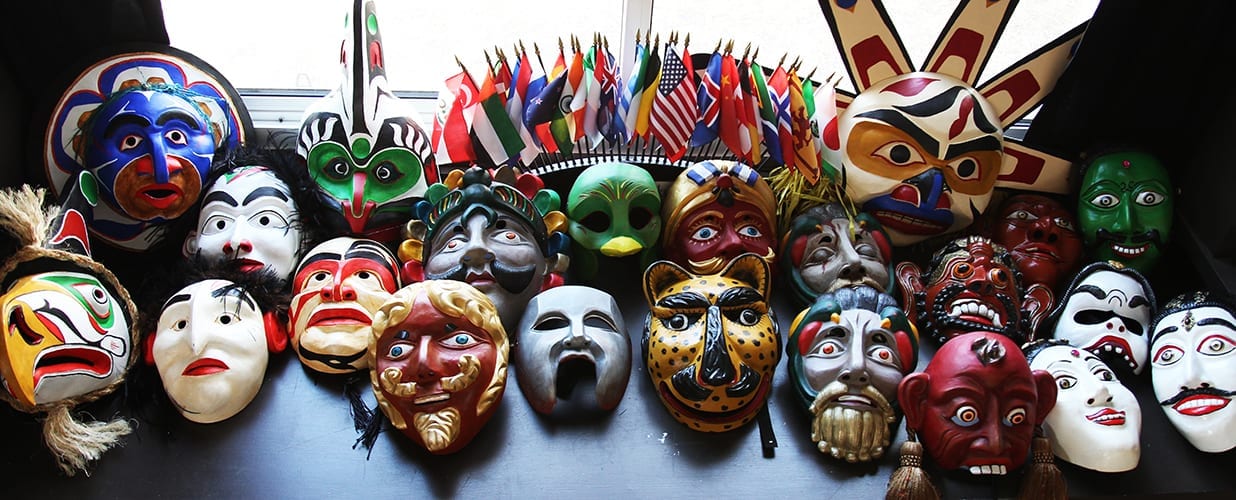Masks, an essential component of artistic expression, have fascinated societies all over the world with their rich meaning and complex roles. They act as bridges between the physical and spiritual, providing an original insight into varied perspectives on culture, from ancient ceremonies to current demonstrations. These mysterious works portray not simply metamorphosis and disguise, but also deeper societal and personal histories. This article expands deeper into the vast tapestry of meanings hidden beneath mask symbolism in art throughout the world. Highlighting the significance masks have in rituals, social commentary, and history. We are privy to the interaction of tradition, innovation, and human psychology via masks, demonstrating their ongoing significance in the world of art.
Ancient Rituals and Spirituality:
In numerous ancient societies, people employed masks in religious and spiritual rites to link the physical and spiritual realms. For example, in ancient African civilizations, practitioners frequently used masks in ceremonies to connect with ancestors or deities. Rather than serving as simple adornments, these masks held value as sacred items infused with spiritual force.
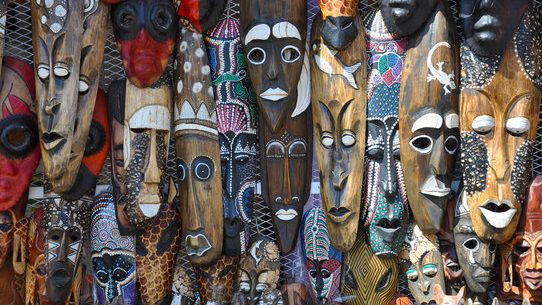
Symbol of Transformation and Metamorphosis:
Mask symbolism have frequently represented transformation. The wearing of a mask in the overall picture of rituals and performances represents the wearer’s passage into another state of being or identity. In traditions like the Japanese Noh Theater, masks actively transform performers into characters, typically spirits, demons, or historical figures.
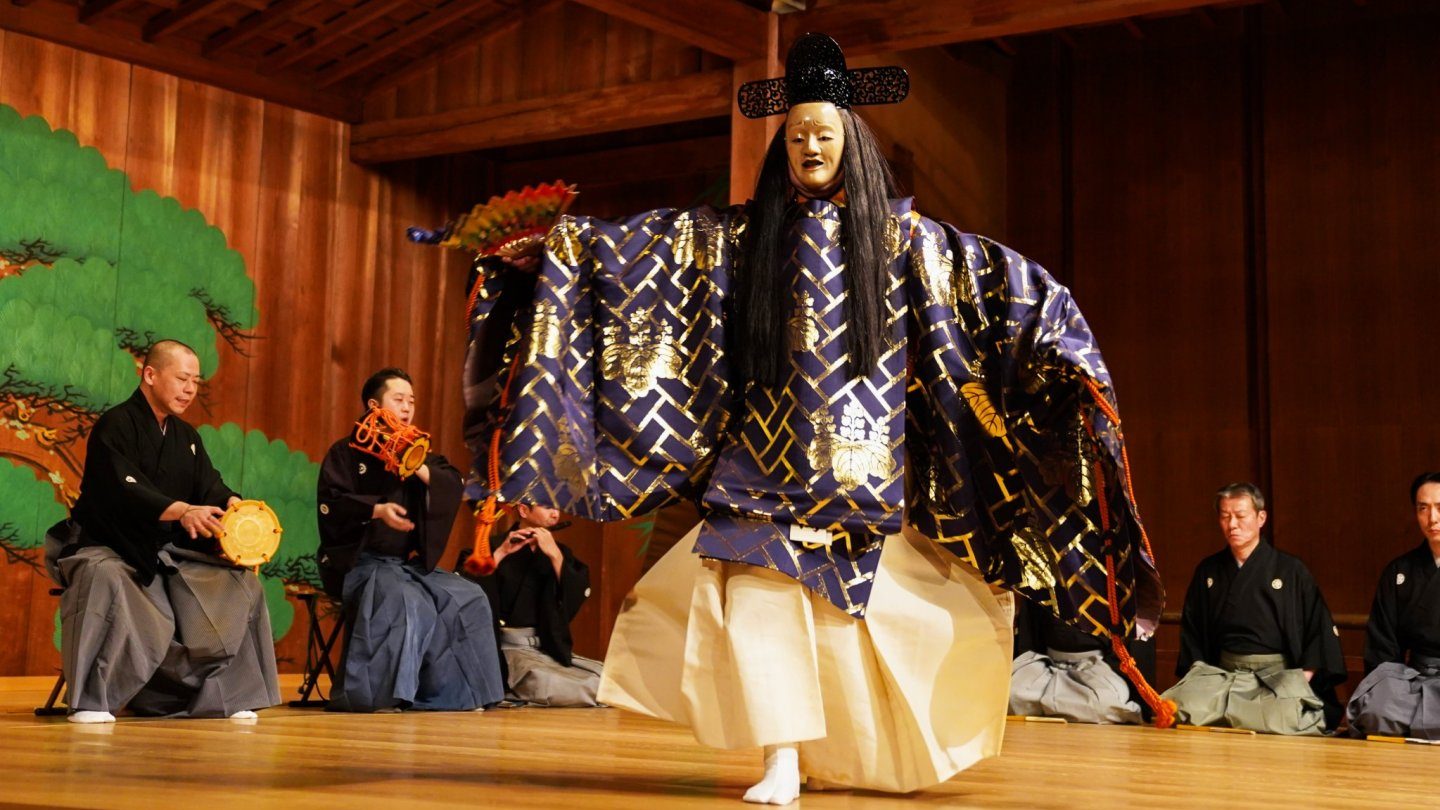
Social and Political Commentary:
Masks have been employed in several civilizations to convey social or political utterance. They can provide anonymity to the user, allowing them to critique or oppose cultural norms and systems without fear of street art and protest movements across the world, where they become symbols of resistance and dissent.

Cultural Identity and Heritage:
Indigenous tribes in North and South America historically used masks to depict totem animals, deities, and mythological creatures. These masks showcase the community’s cultural identity and heritage. They have significantly contributed to preserving and sharing ancestral stories and traditions.
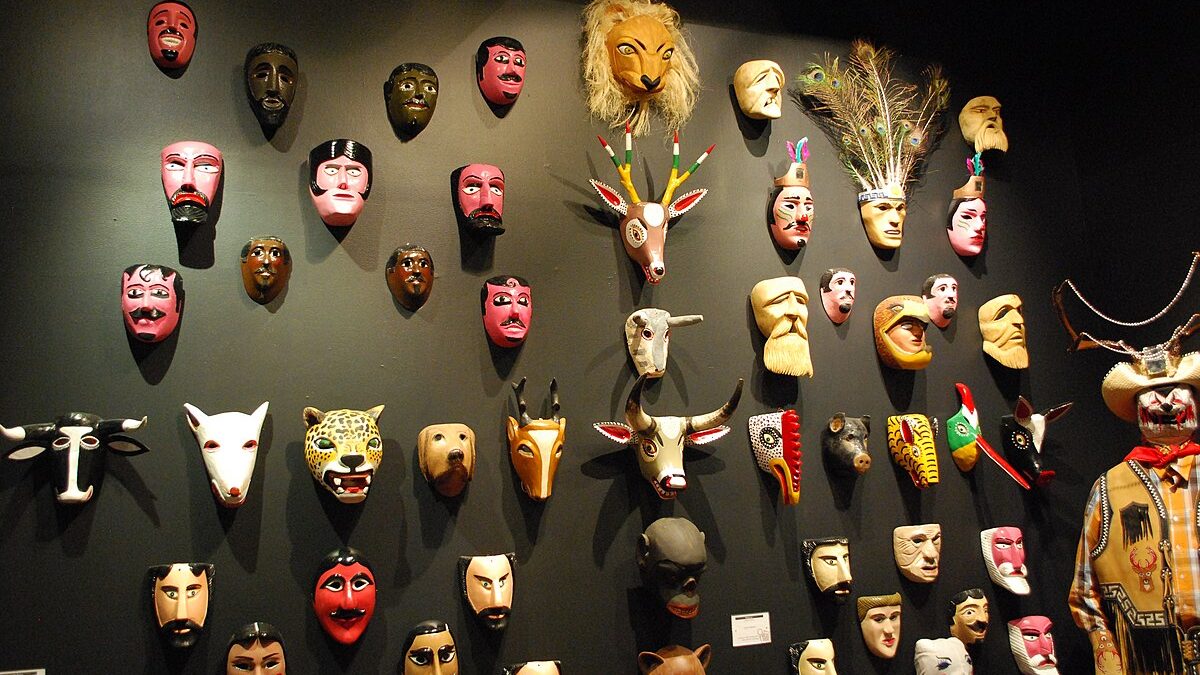
Artistic Expression and Creativity:
Masks, in addition to its symbolic connotations, serve as a canvas for artistic endeavors. A mask’s design, colors, and materials may represent a culture’s creative traditions and skills, exhibiting workmanship and aesthetic sensibility. This may be seen in the ornate Venetian masks, which are known for their detailed patterns and its beauty.
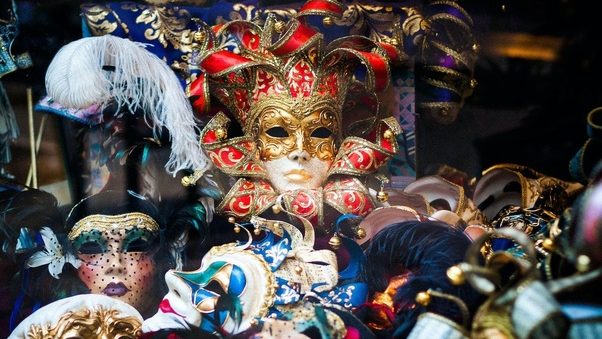
Psychological and Therapeutical Use:
In modern settings, experts evaluate masks as tools for psychological examination and therapy. They find use in drama therapy and psychodrama, helping individuals express complex feelings and experiences. These methods enable people to articulate emotions and events that are hard to express verbally . Masks, in this way, serve as a vehicle to release their emotions and self-discovery.

Celebration and Festivity:
Festivals and rituals are frequently connected with masks. They offer intrigue and suspense to events like Mardi Gras and Mexico’s Day of the Dead (Da de Muertos). Masks are used in various events to pay homage to life, death, and cultural history, typically in a brilliant and colorful way.
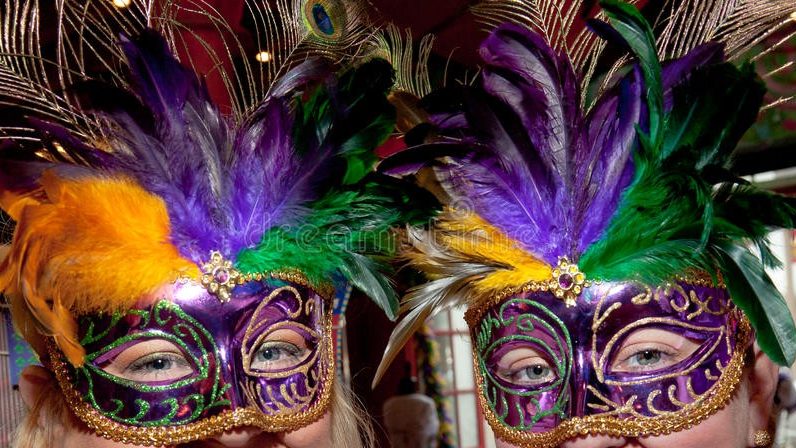
Global Influence and Exchange:
Mask symbolism in art forms a vast, global tapestry shaped by cultural exchange. Globalization enables artists and traditions from one culture to inspire and influence those from another. This interaction leads to a dynamic, constantly evolving artistic landscape.
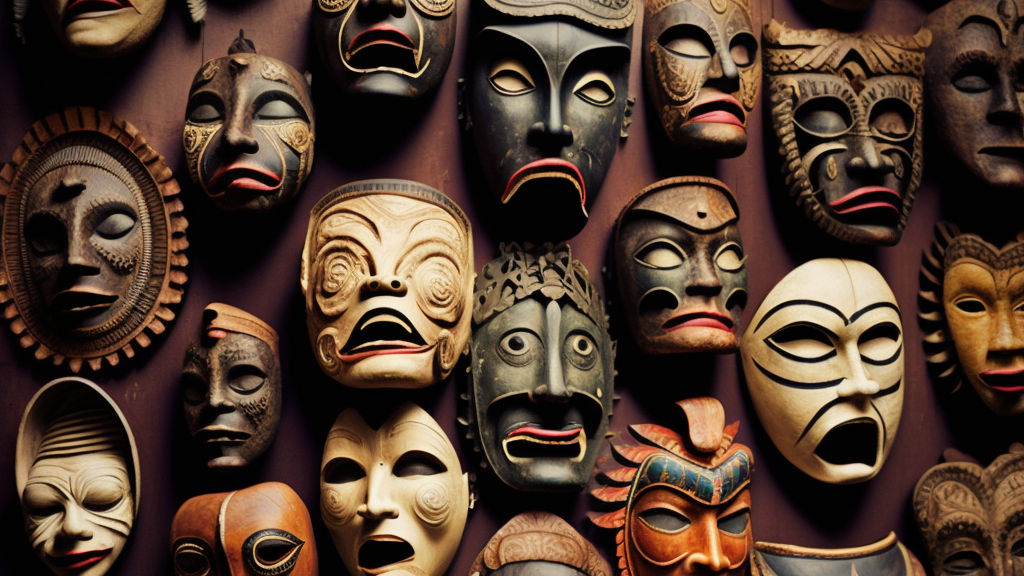
In conclusion, mask symbolism in art is a diverse expression of cultural norms, identity, and creativity. They act as conduits between the spiritual and the physical worlds, providing a forum for transformation, expression, and critique. Masks represent traditions, beliefs, and creative legacy throughout civilizations, and frequently have significant psychological and social value. Their use in festivals, rituals, and contemporary works of art demonstrates their versality and continuing appeal. Masks continue to captivate and excite as symbols of cultural interchange and creative invention, demonstrating the depth and variety of human expression. Mask’s enormous tapestry of meanings assures that they are not only relevant, but also necessary for comprehending and appreciating worldwide art and culture.

